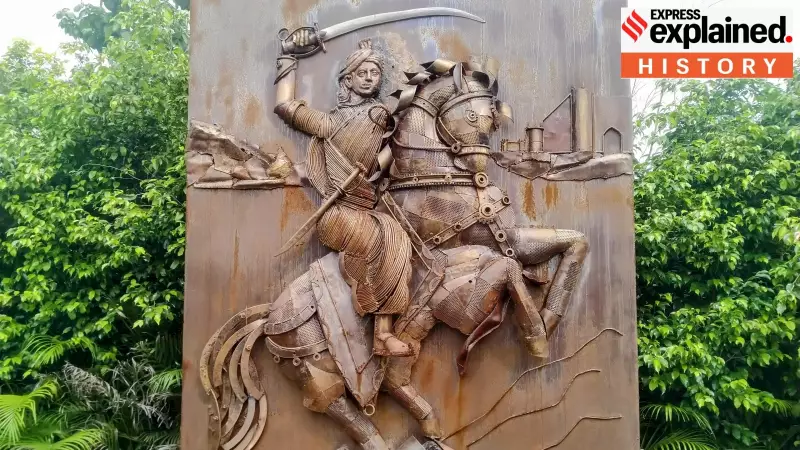
Nearly four decades before the historic 1857 Revolt, a formidable queen from Karnataka mounted a courageous challenge against the expanding British East India Company, becoming one of India's earliest female freedom fighters. Rani Chennamma of Kittur remains an enduring symbol of resistance and valor in Indian history.
The Royal Succession Crisis That Sparked Conflict
Born in 1778 in Kakati, a small village in present-day Belagavi district, Chennamma married Raja Mallasarja of the Desai family that ruled Kittur. When both her husband and only son died by 1824, she found herself at the center of a political storm. Following local tradition, she adopted Shivalingappa as her heir to continue the royal lineage.
The British East India Company, however, saw this as an opportunity to expand their control. Under Governor-General Lord Hastings, they invoked the controversial "Doctrine of Lapse," refusing to recognize Shivalingappa as the legitimate heir and demanding Kittur's annexation.
The First Kittur War of 1824
Rani Chennamma refused to surrender her kingdom without a fight. She sent a letter to Mountstuart Elphinstone, the Lieutenant-Governor of the Bombay Presidency, appealing for justice and explaining her legitimate right to rule. When her diplomatic efforts failed, she prepared for battle.
In October 1824, British forces led by Collector John Thackeray marched toward Kittur. The queen's army, though outnumbered, used clever military tactics and their knowledge of the local terrain to devastating effect. In the ensuing battle, Thackeray was killed, and the British suffered a humiliating defeat with significant casualties.
Betrayal and Final Stand
The British returned with reinforcements and adopted a different strategy—exploiting divisions within the Kittur court. Two of Chennamma's own men, Mir Alam and Venkata Rao, allegedly betrayed her by mixing mud with the gunpowder used in the cannons.
Despite this treachery, Chennamma continued to fight valiantly but was eventually captured. She spent her final years as a prisoner in Bailhongal Fort, where she died in 1829. Her adopted son Shivalingappa was also captured but managed to escape, continuing the resistance for several more years.
Enduring Legacy and National Recognition
Rani Chennamma's rebellion, though ultimately unsuccessful, inspired future generations of freedom fighters. Her story gained renewed attention during India's independence movement as nationalists sought historical precedents for their struggle against British rule.
Today, she is celebrated across India, particularly in Karnataka where her statues stand proudly and Kittur Fort has become a symbol of resistance. In 2007, the Indian government honored her memory by issuing a postage stamp bearing her likeness.
Why Rani Chennamma Matters Today
- She was one of the first Indian rulers to militarily challenge British expansion
- Her resistance predates the more widely known 1857 Revolt by 33 years
- She represents women's leadership in Indian history and warfare
- Her story continues to inspire feminist readings of Indian history
Rani Chennamma's courageous stand against colonial power remains a powerful reminder that the spirit of resistance burned bright in India long before it became a organized national movement. Her legacy continues to inspire those who value freedom and justice.





